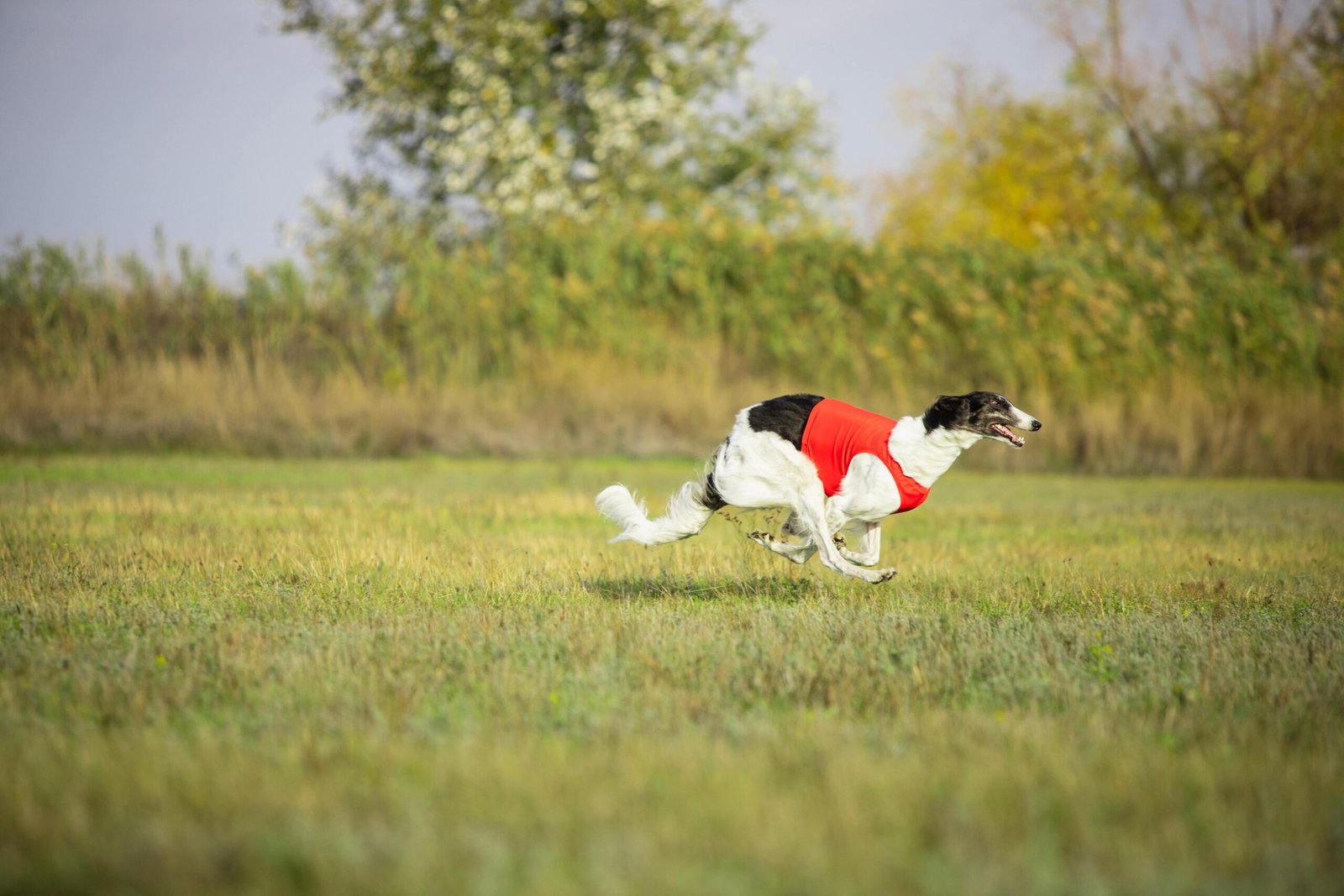Introduction
Have you ever wondered why your dog might run away when you approach? It’s a common question many pet owners have and understanding this behavior is crucial for building a stronger bond with your furry friend. Dogs, like humans, have their reasons for their actions. And in cases where they run away when approached, there could be a plethora of reasons behind it. Understanding these reasons is key to fostering a better relationship with your four-legged companion and ensuring their emotional well-being.
The importance of understanding your dog’s behavior cannot be emphasized enough. When your dog acts unusually or displays signs of fear or discomfort, it could be a sign of a deeper issue. Recognizing these signs early on can help you address the problem efficiently and improve your pet’s overall well-being.
Understanding the Reasons
Fear or anxiety
Dogs, like humans, are susceptible to a variety of fears. These fears can range from loud noises and large objects to unfamiliar faces and places. Fear can trigger a fight or flight response in dogs, causing them to run away when approached. It’s crucial to identify the source of their fear and take steps to help them overcome it. This could involve gradually exposing them to their fears in a controlled environment or seeking professional help.
Helping your dog overcome their fear or anxiety is not a one-time task. It requires patience, understanding, and a lot of love. Regular training sessions, comforting your dog during thunderstorms or fireworks, and providing them with a safe space are some ways to help your dog cope with their fear.
Some additional ways to address fear or anxiety in your dog include:
- Gradually introducing them to new people, places, and objects
- Using positive reinforcement techniques during training to build their confidence
- Providing them with a designated “safe zone” where they can retreat to when feeling overwhelmed
Lack of socialization
The early stages of a dog’s life are crucial for their development. During this time, proper socialization is crucial. Dogs who are not adequately socialized may exhibit fear or skittish behavior when approached. Understanding the importance of socialization can help you ensure your dog grows up to be a confident and friendly pet.
Inadequate socialization can lead to a variety of behavioral issues in dogs. This includes not only running away when approached but also other fear-based behaviors such as aggression. Ensuring your puppy gets plenty of positive interactions with different people, animals, and environments can help prevent these issues.
To properly socialize your dog, consider the following:
- Exposing them to various environments, sounds, and situations from a young age
- Enrolling them in puppy socialization classes where they can interact with other dogs and people in a controlled setting
- Regularly exposing them to different types of people and animals throughout their life to maintain their social skills
Negative associations
Dogs have an excellent memory for associations. If your dog associates your approach with a negative experience, such as punishment or a traumatic event, they might run away when you approach them. Understanding this can help you build positive associations and regain your dog’s trust.
Past trauma or punishment can have a significant impact on your dog’s behavior. It’s essential to always use positive reinforcement methods when training your dog and to avoid harsh punishments. Building positive associations can be as simple as giving your dog a treat or a belly rub every time you approach them.
Here are some additional tips for building positive associations:
- Use treats, toys, or praise to reward your dog when they approach you willingly
- Practice frequent short training sessions to reinforce positive behaviors
- Avoid any actions or behaviors that may cause your dog to feel threatened or anxious
Building Trust and Strengthening the Bond
Patience and understanding
Building trust with a fearful or skittish dog requires a great deal of patience and understanding. It’s important to understand your dog’s body language and respect their boundaries. Pushing a scared dog to interact can often lead to more fear and further damage the trust.
Understanding your dog’s body language can provide valuable insights into their emotional state. For instance, a wagging tail might indicate happiness, while flattened ears might signal fear. Respecting their boundaries and giving them space when they need it can help build trust and strengthen your bond.
Some additional tips for building trust with your dog include:
- Avoid making sudden movements or loud noises that may startle your dog
- Approach your dog slowly and calmly, allowing them to approach you at their own pace
- Give your dog plenty of praise and rewards when they show signs of comfort or trust
Positive reinforcement training
Positive reinforcement training is a powerful tool that can help encourage your dog to approach you willingly. This involves rewarding your dog for desired behavior, such as coming when called, instead of punishing them for unwanted behavior.
Using treats, toys, or praise as rewards can motivate your dog to repeat the desired behavior. Over time, this can help replace fear or anxiety with positive associations, making your dog more likely to approach you willingly.
To effectively use positive reinforcement training, consider the following:
- Clearly define the behaviors you want to reinforce, such as coming when called or sitting calmly
- Consistently reward your dog immediately after they exhibit the desired behavior
- Gradually reduce the frequency of rewards as your dog becomes more confident and comfortable
Seeking professional help
If your dog continues to run away despite your best efforts, it may be time to seek professional help. Consulting a professional dog trainer or behaviorist can provide valuable insights into your dog’s behavior and offer effective strategies to address the issue.
Professional guidance can be incredibly beneficial in addressing and modifying your dog’s behavior. Trainers and behaviorists have the knowledge and experience to handle a variety of behavioral issues and can provide personalized training plans to suit your dog’s needs.
When seeking professional help, consider the following:
- Look for a reputable and certified dog trainer or behaviorist in your area
- Provide them with detailed information about your dog’s behavior and any previous training or experiences
- Follow their guidance and recommendations consistently to achieve the best results
Preventive Measures
Consistency in routine and environment
Maintaining a consistent routine and environment can play a significant role in your dog’s comfort and sense of security. This includes feeding and walking your dog at the same time each day, and maintaining a stable living environment.
A consistent routine provides your dog with a sense of security, knowing what to expect at various times of the day. Similarly, a stable environment free from sudden changes or surprises can help reduce anxiety and stress.
Additional preventive measures for a consistent routine and environment include:
- Establishing regular feeding and walking schedules that align with your dog’s needs
- Minimizing changes to your dog’s living environment, such as rearranging furniture or introducing new pets, slowly and gradually
- Providing your dog with a designated sleeping area where they can feel safe and secure
Proper exercise and mental stimulation
Regular physical exercise and mental stimulation can go a long way in reducing anxiety and restlessness in dogs. This could involve daily walks, playtime, or activities such as fetch or tug-of-war.
Providing mental stimulation is equally important. This could involve puzzle toys, training sessions, or interactive play. These activities can help keep your dog’s mind sharp and prevent boredom, which can often lead to destructive behavior.
Here are some additional ideas for exercise and mental stimulation:
- Engage in activities that cater to your dog’s specific breed and energy level
- Rotate and introduce new toys or games to keep your dog mentally engaged
- Consider enrolling your dog in agility or obedience classes to provide them with structured physical and mental challenges
Conclusion
In conclusion, there are several reasons why your dog might run away when you approach. Understanding these reasons and taking appropriate steps to address them can help improve your relationship with your dog.
Remember, patience, understanding, and positive reinforcement are key to overcoming this behavior challenge. It’s important to give your dog the time they need to adjust and to always approach them with love and kindness. After all, our furry friends deserve nothing but the best.











